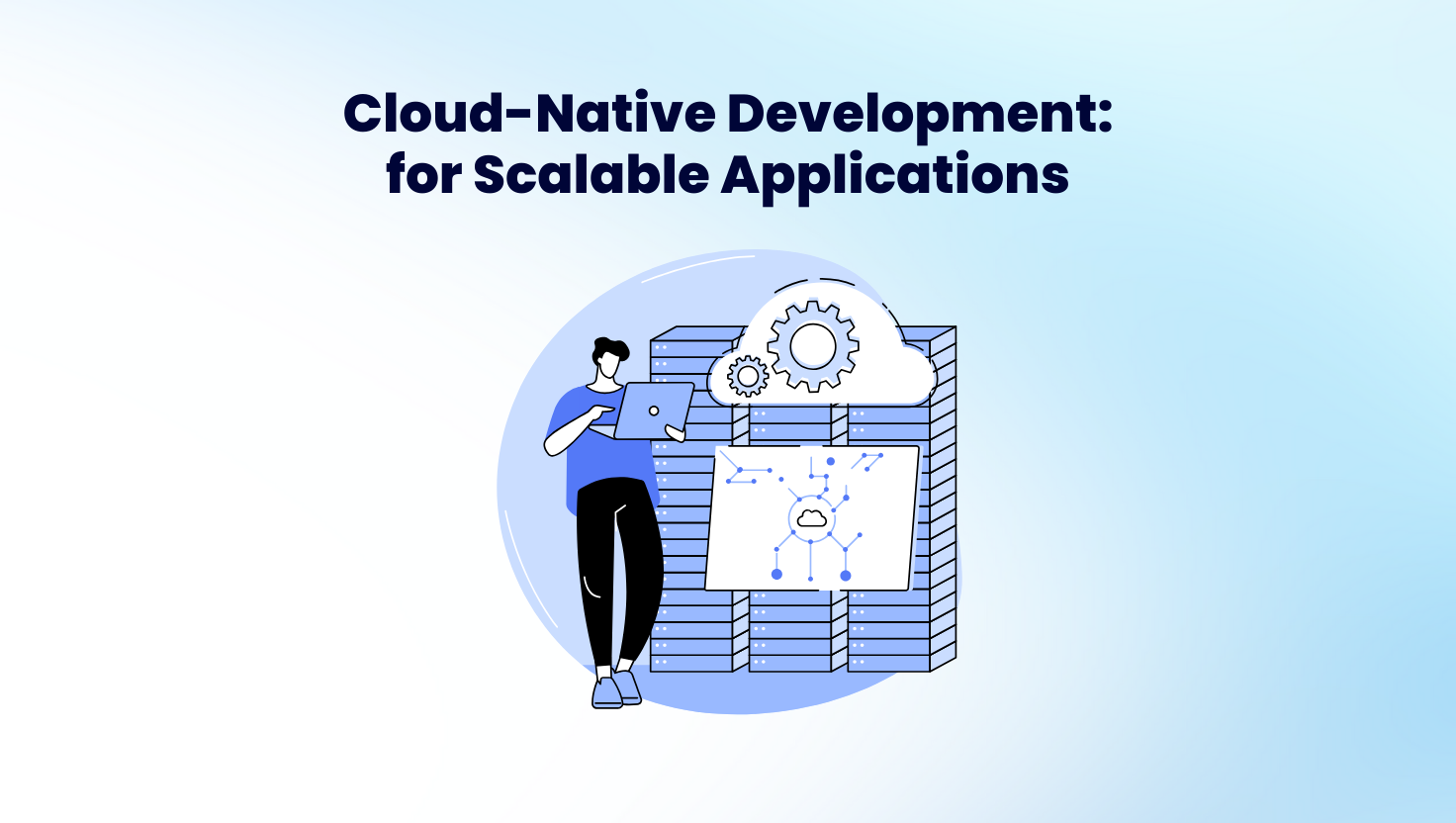
27 Mar Cloud-Native Development: The New Standard for Scalable Applications
The increasing demand for scalable, resilient, and agile software solutions has led to the rapid adoption of cloud-native development. Businesses are moving away from traditional monolithic architectures toward cloud-native applications that offer flexibility, automation, and cost efficiency. This article explores what cloud-native development is, its benefits, key components, challenges, and best practices for implementation.
What is Cloud-Native Development?
Cloud-native development is an approach to building applications specifically designed to leverage cloud computing environments. It utilizes modern architectures such as microservices, containerization, and serverless computing to enhance scalability and reliability. Unlike traditional applications, cloud-native apps are optimized for dynamic cloud environments, enabling rapid updates and seamless deployment across distributed systems.
Benefits of Cloud-Native Development
1. Scalability
Cloud-native applications can dynamically scale based on user demand, preventing performance bottlenecks and reducing infrastructure costs.
Example: E-commerce platforms experience traffic spikes during sales events, and cloud-native solutions automatically scale resources to handle the load.
2. Resilience and High Availability
By distributing workloads across multiple cloud instances, cloud-native applications achieve high availability and fault tolerance.
Example: Netflix uses cloud-native principles to ensure smooth streaming even during hardware failures.
3. Agility and Faster Deployment
Cloud-native development enables continuous integration and continuous deployment (CI/CD), allowing teams to release new features quickly.
Example: Spotify delivers updates multiple times a day through cloud-native CI/CD pipelines.
4. Cost Efficiency
Organizations can optimize infrastructure costs by utilizing pay-as-you-go cloud services instead of maintaining on-premise hardware.
Example: Startups can deploy applications on cloud platforms like AWS, Azure, or Google Cloud without large upfront investments.
Key Components of Cloud-Native Development
1. Microservices Architecture
Cloud-native applications are built as a collection of independent microservices that communicate via APIs. This improves modularity and maintainability.
Example: Uber’s ride-hailing app uses microservices for payments, ride matching, notifications, and driver management.
2. Containerization
Containers package applications and their dependencies, ensuring consistency across development, testing, and production environments.
Example: Kubernetes orchestrates containerized workloads efficiently, managing scaling and deployments.
3. Serverless Computing
Serverless platforms eliminate the need for infrastructure management, automatically scaling resources based on demand.
Example: AWS Lambda enables developers to run functions without provisioning or managing servers.
4. DevOps and CI/CD Pipelines
DevOps practices automate code integration, testing, and deployment, reducing human errors and accelerating software delivery.
Example: GitHub Actions and Jenkins automate CI/CD workflows for cloud-native applications.
5. API-First Development
Cloud-native applications rely on APIs to connect services, ensuring interoperability and flexibility.
Example: Stripe provides API-driven payment processing that integrates seamlessly with cloud applications.
Challenges in Cloud-Native Development
1. Complexity in Managing Microservices
Managing multiple microservices requires advanced orchestration tools, monitoring, and security measures.
Solution: Kubernetes and service mesh solutions like Istio help manage service communication and security.
2. Security Concerns
Cloud-native applications require robust security measures to protect against data breaches and vulnerabilities.
Solution: Implementing encryption, identity and access management (IAM), and API security protocols.
3. Data Consistency and Management
Handling distributed data across multiple cloud environments can lead to inconsistencies.
Solution: Using distributed databases like Google Spanner or Amazon DynamoDB ensures data consistency.
Best Practices for Cloud-Native Development
1. Design for Failure
Applications should be built with resilience in mind, ensuring minimal downtime in case of failures.
Example: Netflix’s Chaos Engineering tests failure scenarios to enhance system robustness.
2. Automate Everything
From testing to deployment, automation reduces human error and accelerates development cycles.
Example: Terraform automates cloud infrastructure provisioning, ensuring consistency across environments.
3. Monitor and Optimize Continuously
Real-time monitoring and logging help identify performance issues and optimize application efficiency.
Example: Prometheus and Grafana provide monitoring dashboards for cloud-native applications.
Conclusion
Cloud-native development is transforming how businesses build and scale software applications. By leveraging microservices, containers, and serverless computing, organizations can achieve agility, resilience, and cost savings. However, adopting a cloud-native approach requires addressing challenges like security and complexity through best practices and automation.
Looking to develop a cloud-native application? Click here to connect with PT. KDN’s cloud experts and explore scalable software solutions tailored to your business needs.


Sorry, the comment form is closed at this time.